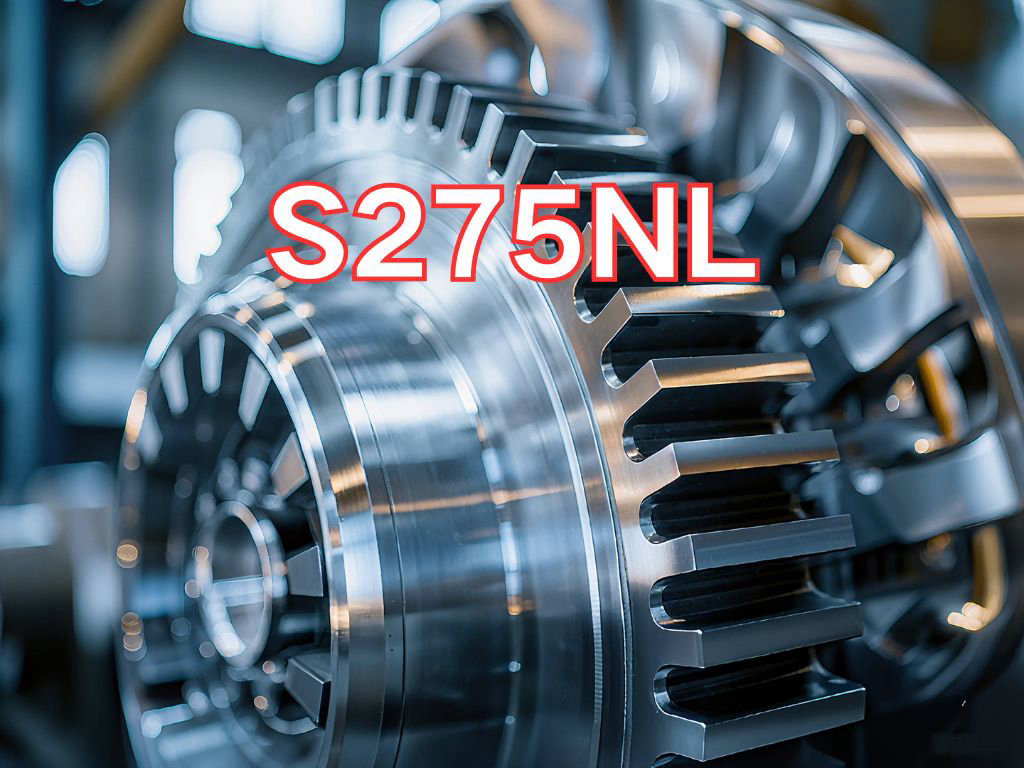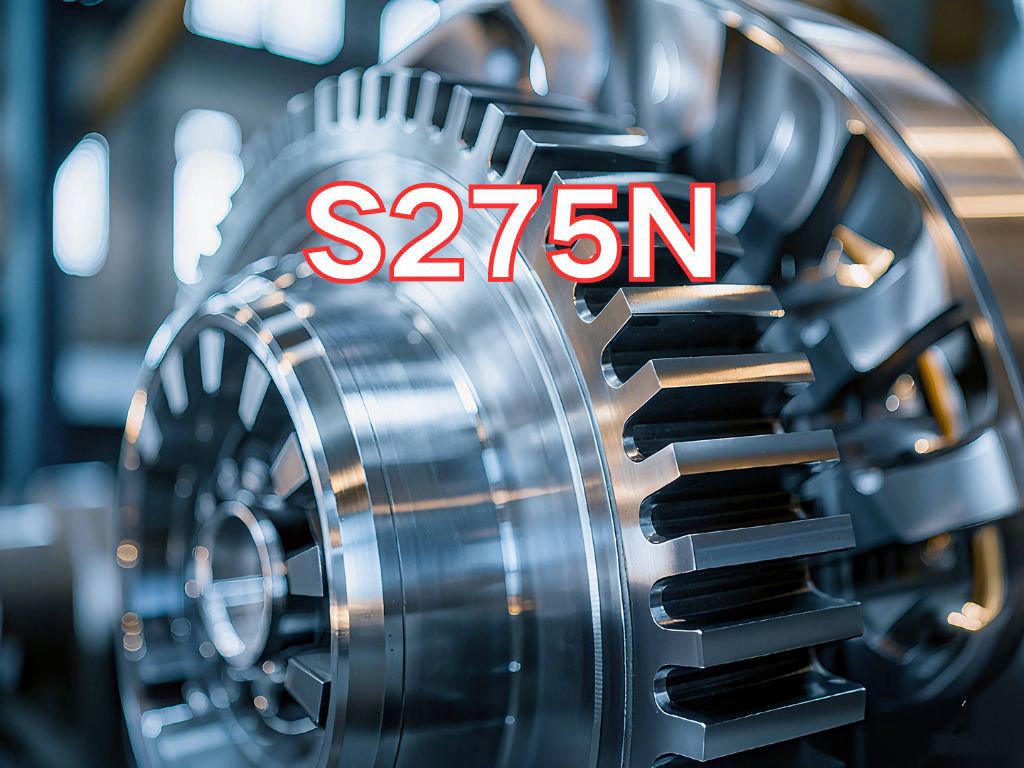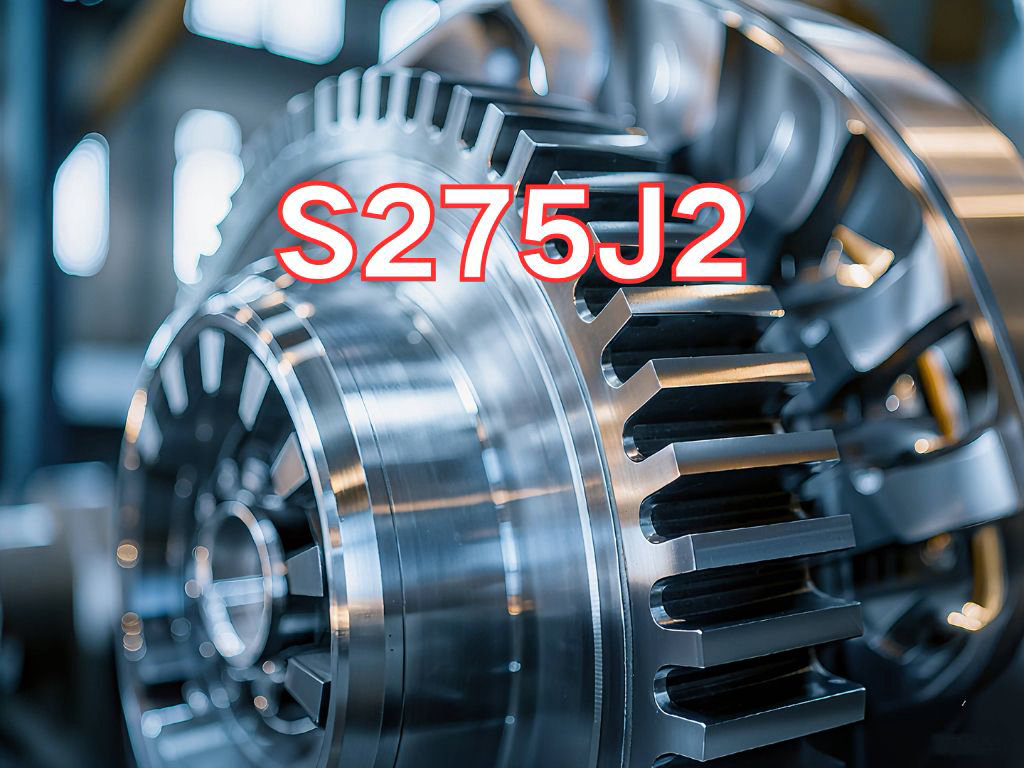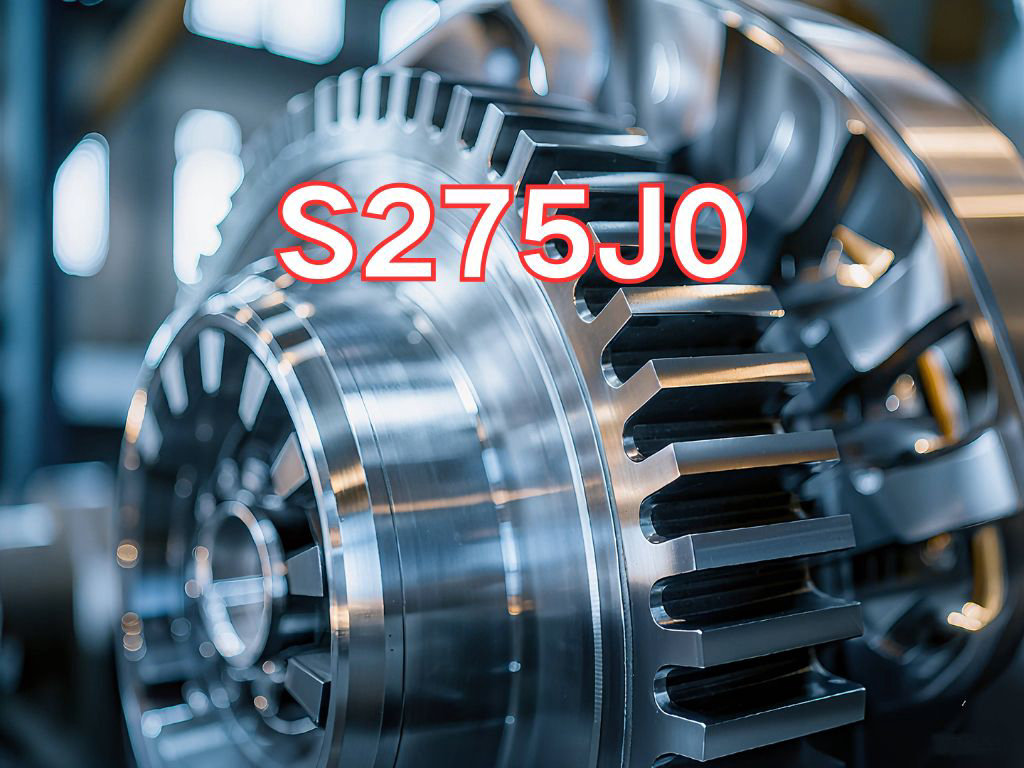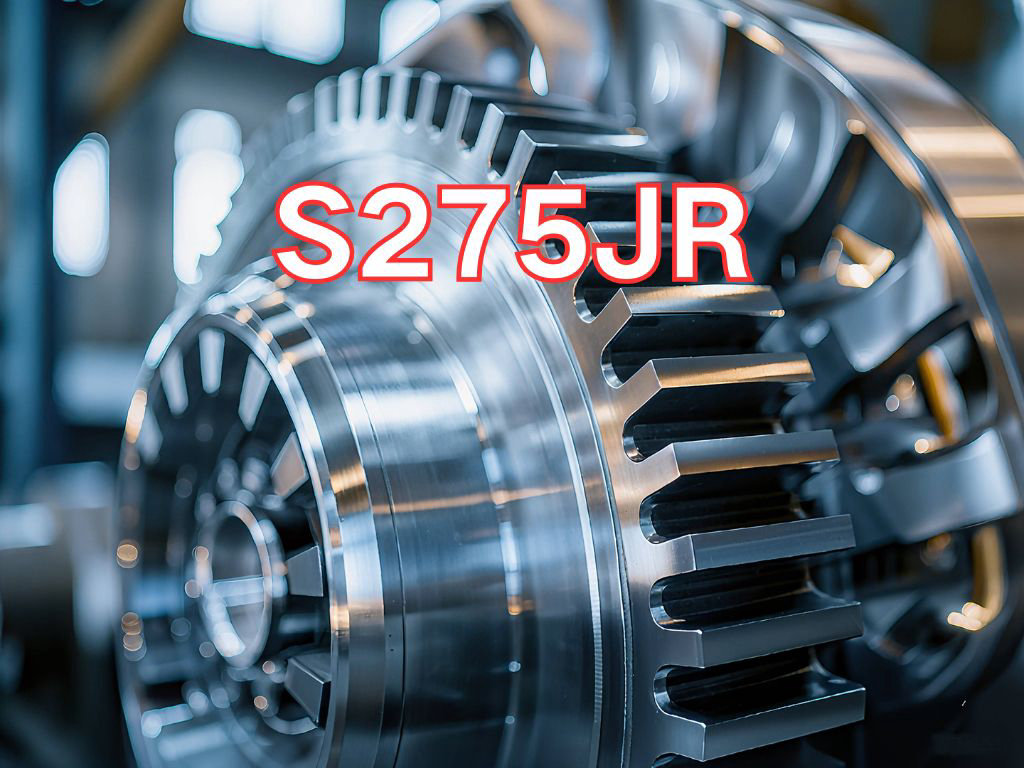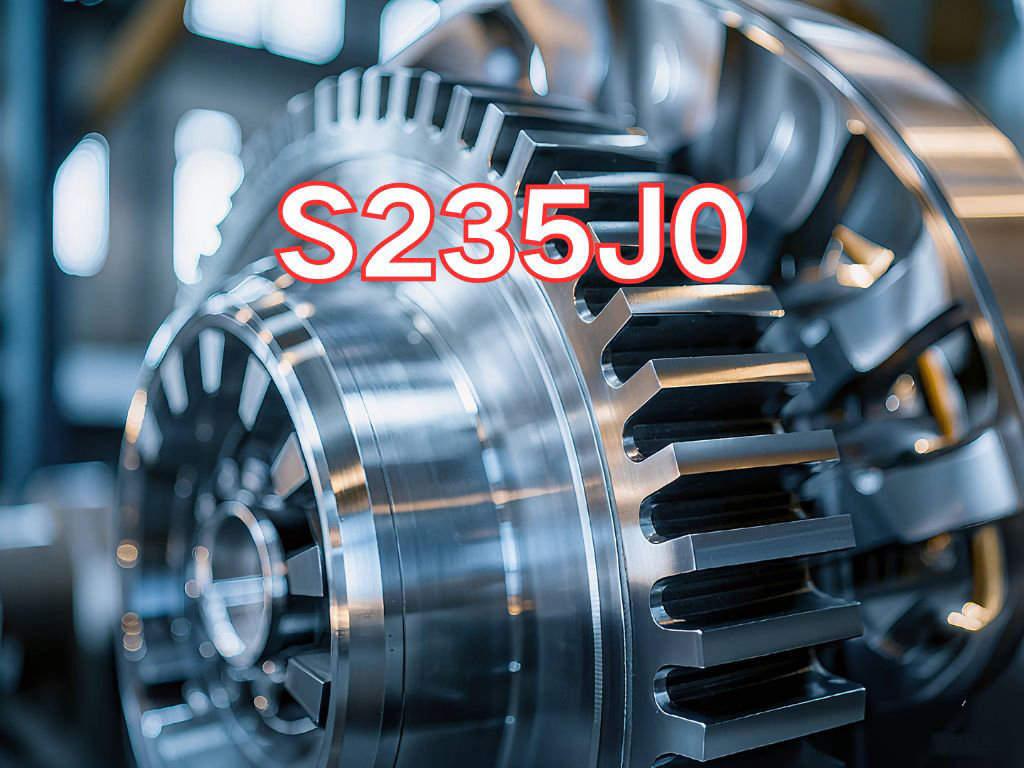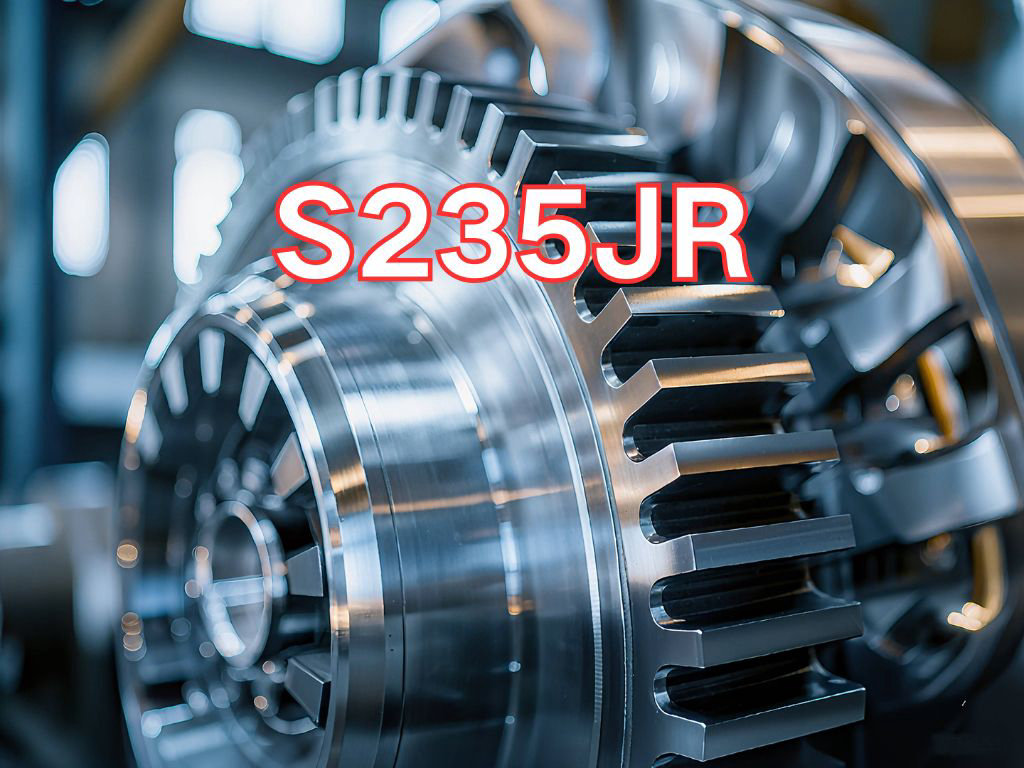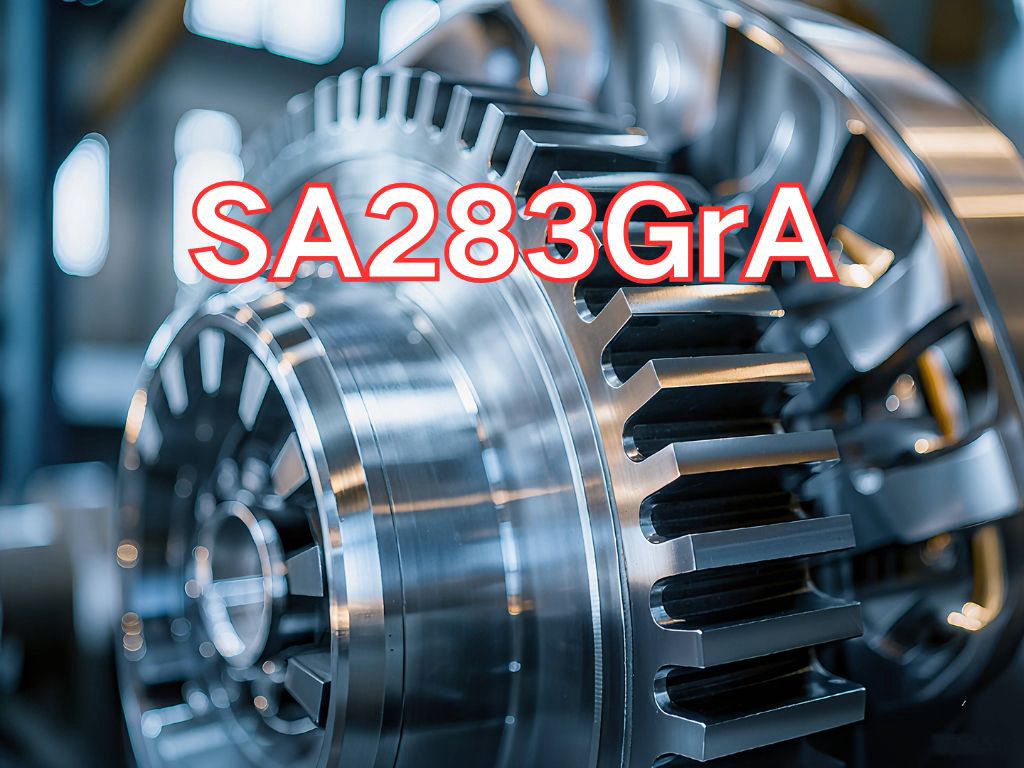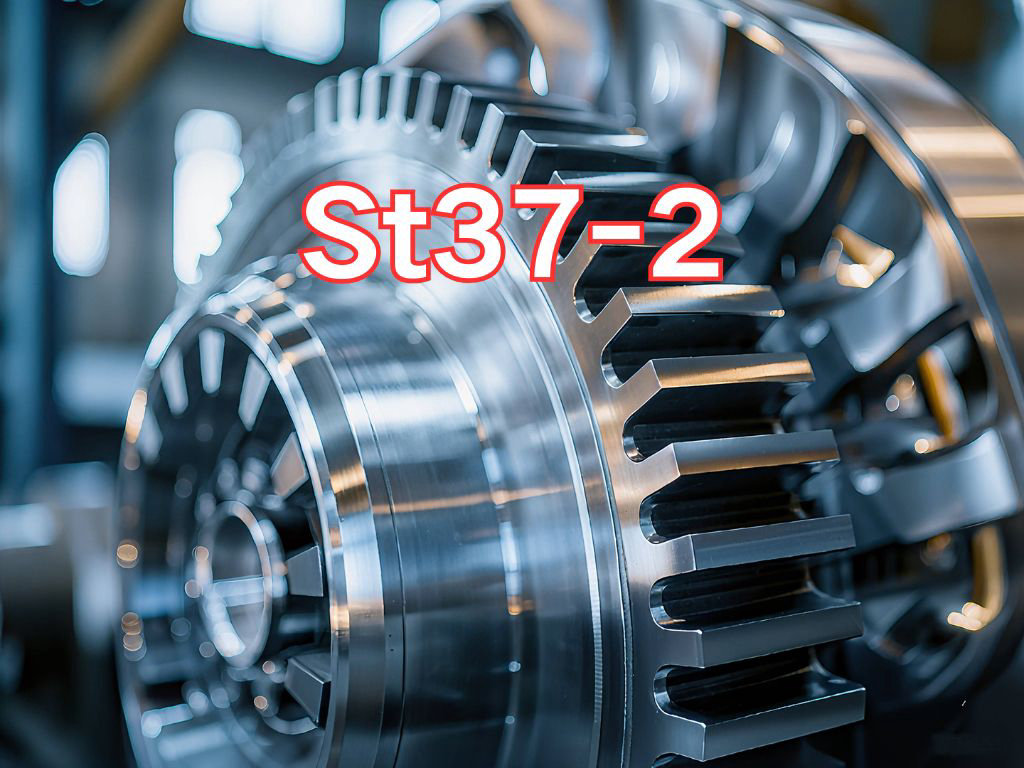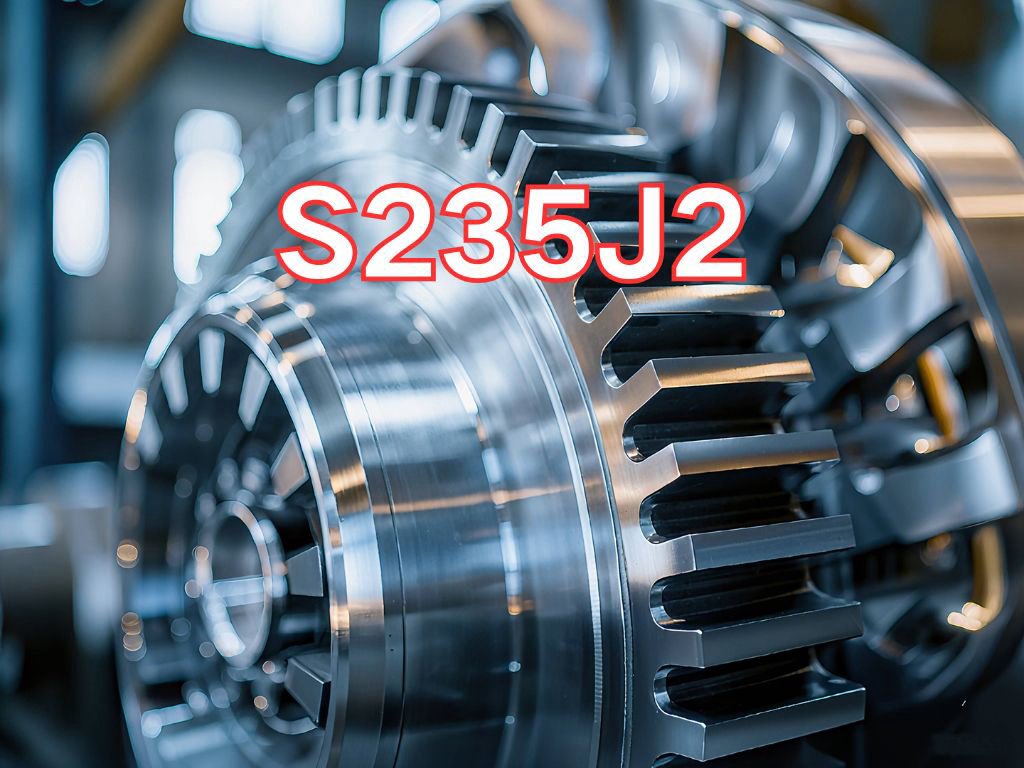

S235J2
S235J2 is a non-alloy structural steel plate, designated according to the European standard EN 10025-2:2019 "Hot Rolled Products of Structural Steels – Part 2: Technical Delivery Conditions for Non-alloy Structural Steels". This standard is widely adopted across the European Union and globally, enabling harmonization and mutual recognition of steel grades. As a high-grade designation within the S235 series, S235J2 has stricter low-temperature toughness requirements compared to S235JR and S235J0, making it suitable for engineering environments demanding higher material impact resistance.
The designation "S235J2" follows the systematic naming convention of European standards and has a clear meaning:
"S" stands for "Structural steel", indicating its structural application.
"235" denotes the specified minimum yield strength of 235 MPa. This strength level is comparable to internationally used grades such as China's Q235, the US A36, and Japan's SS400. It belongs to the low-to-medium strength category and is suitable for conventional building and engineering structures.
"J" represents the quality level for impact testing. The letter "J" indicates that Charpy V-notch impact testing is required at +20°C (room temperature).
"2" specifies the impact test temperature class. In EN 10025-2, the number "2" corresponds to a test temperature of -20°C. Therefore, the "J2" combination means the steel must undergo impact testing at -20°C, with a minimum average absorbed energy of 27 joules (J). This requirement significantly enhances the material's resistance to brittle fracture in cold climates or low-temperature service conditions, making its performance far superior to S235JR (room-temperature impact only) and S235J0 (same test temperature but stricter quality control), positioning it as a preferred choice for more demanding environments.
The primary application of S235J2 steel plate is in manufacturing welded structural components requiring high toughness under low-temperature conditions or dynamic loading. It is widely used in cold regions or in projects with extremely high demands for structural safety and reliability. Typical applications include:
Buildings and Bridges in Cold Climates: Structures such as factories, bridges, and towers in Nordic countries, Russia, Canada, etc., ensuring good impact resistance even in winter.
Heavy Machinery and Equipment: Frames and critical components for excavators, cranes, and mining machinery subjected to strong vibration and impact loads.
Transportation: Bodies and chassis for railway freight cars, container trucks, and special-purpose vehicles, to withstand dynamic stresses during operation.
Industrial Facilities: Attachments for cryogenic tanks, piping systems, auxiliary offshore platform structures, and wind turbine tower connections.
High-Safety-Integrity Structures: Support structures in seismic zones or for critical public facilities to enhance overall seismic and fatigue resistance.
Its main characteristics include:
Guaranteed Low-Temperature Impact Toughness: The "J2" requirement ensures good toughness and resistance to brittle fracture at -20°C.
Moderate Strength: A minimum yield strength of 235 MPa and tensile strength over 360 MPa provide sufficient load-bearing capacity.
Good Weldability and Workability: As a low-carbon steel, S235J2 has a low carbon equivalent, good weldability with conventional methods, and is easy to cut, bend, and form.
Higher Quality Requirements: Production requires strict control of chemical composition (e.g., reduced P and S content) and rolling processes to ensure达标 low-temperature toughness.
Balanced Cost and Performance: Although more expensive than S235JR and S235J0, it offers better economy than higher-strength grades (e.g., S355 series) while meeting low-temperature toughness needs.

Ultrasonic Testing (UT)
A key non-destructive testing technique that uses high-frequency sound waves to detect internal flaws in steel plates. The probe emits sound waves, which reflect when encountering defects such as cracks or inclusions. The receiver captures the echoes, enabling precise determination of defect location and size. With high sensitivity, strong penetration, and fast inspection speed, UT effectively ensures internal quality, widely used in the production of heavy plates, pressure vessel plates, and other high-end products to guarantee safety and reliability.

Magnetic Particle Testing (MT)
A common surface inspection method that magnetizes the workpiece, causing leakage magnetic fields at surface or near-surface defects like cracks or inclusions, which attract magnetic particles to form visible indications. Simple to operate and highly sensitive, MT is suitable for rapid inspection of surface and near-surface flaws in ferromagnetic materials, widely used for online or offline inspection of plate edges, ends, and welds, ensuring product quality and safety.

Penetrant Testing (PT)
A non-destructive method for detecting surface-breaking flaws. A penetrant liquid is applied to the cleaned steel surface, allowing it to seep into defects such as cracks or pores. After removing excess penetrant, a developer is applied, causing the trapped penetrant to bleed out and form visible indications. Simple and cost-effective, PT is suitable for inspecting surface defects in various non-porous materials, commonly used for welds, castings, and complex components, effectively ensuring surface quality of steel plates.


